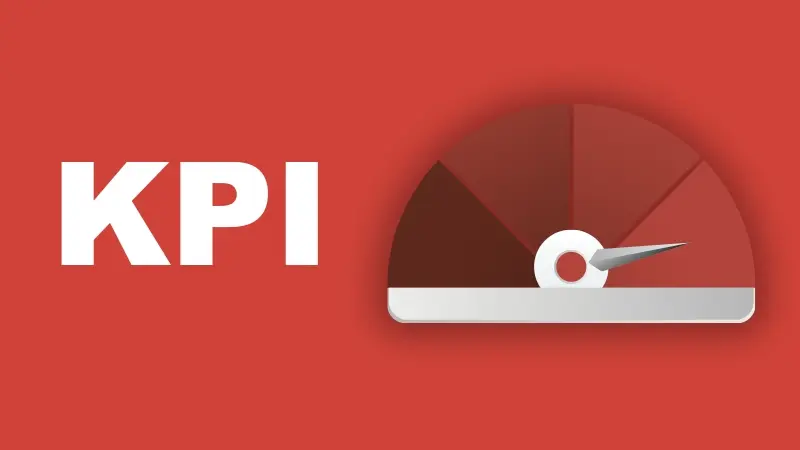Unlock Higher ROI: Your Guide to Optimizing Google Ads Campaigns
In the world of paid advertising, return on investment (ROI) is the ultimate performance metric. Well-optimized Google Ads campaigns can become a powerful engine for business growth. However, without proper optimization, they can quickly turn into a costly expense that’s hard to justify. The goal isn’t just to spend but to invest strategically to drive measurable results.
This guide will walk you through the key strategies to optimize performance and maximize your ROI. By learning how to strategically manage your Google Ads campaigns, you can turn your ad spend into a sustainable profit driver.
1. Set Clear Campaign Goals (Traffic, Leads, Sales)

Before you even choose a keyword, the first step is to define exactly what you want to achieve. Every action should align with a clear business priority. Are you looking to build brand awareness, generate qualified leads, or drive direct sales? The answer to this question will shape your entire campaign structure.
To ensure clarity and effectiveness, it’s essential to set SMART goals: Specific, Measurable, Achievable, Relevant, and Time-bound.
Examples of Campaign Goals:
- Drive Qualified Traffic: Attract relevant visitors to your site to improve long-term SEO and increase visibility.
- Generate More Leads: Use contact forms, newsletter signups, or downloadable resources to grow your prospect base. This is a key strategy for using Google Ads to capture leads..
- Boost Online Sales: Promote your products through Shopping or Search campaigns to encourage immediate purchases and increase sales.
How to Set the Right Goals for Your Google Ads Campaigns
To establish the right goals, align your marketing efforts with your business priorities. If you have a long sales cycle, focus on lead generation. If you run an online store, prioritize sales and advertising return on ad spend (ROAS). For new brands, focusing on traffic and awareness may be more relevant. The key is to pick one primary goal per campaign to maintain a clear and measurable strategy.
2. Implement Strategic Targeting and Keywords

Success with Google Ads hinges on your ability to reach the right audience, at the right time, with the right message. Keyword selection and audience targeting are fundamental pillars. It’s crucial to understand the search intent behind every query:
- Transactional intent : The user is ready to buy (e.g., "buy men’s running shoes").
- Informational intent : The user is seeking information (e.g., "best running shoes for marathons").
- Navigational intent : The user is searching for a specific site (e.g., "Nike Canada").
Visit best Google Ads keywords for ROI often have strong transactional intent. Tools like Google Keyword Planner, SEMrush, or Ahrefs are invaluable for identifying these opportunities and assessing their search volume and costs.
Beyond keywords, refine your reach with precise targeting options:
- Geographic and Demographic Targeting : Show ads in specific cities or regions and to relevant age groups or genders.
- Custom Audiences and Remarketing : Re-engage users who have already visited your site or interacted with your brand.
- Device and Schedule Targeting : Adjust bids based on performance for mobile, desktop, or tablet, and run ads during the most profitable hours.
How to Choose the Most Profitable Keywords for Google Ads
To identify profitable keywords, focus on those with clear purchase intent. Use long-tail keywords, which are more specific and often have higher conversion rates. Analyze search term reports in your Google Ads account to uncover the exact queries triggering your ads and add irrelevant terms to your negative keyword list.
3. Optimize Ads and Extensions

Once your targeting is set, the next step is creating ads that grab attention and drive clicks. Catchy headlines and clear descriptions are essential. Your message should directly address the user’s query and highlight your unique value proposition.
For boost click-through rate (CTR) on Google Ads, take advantage of Google Ads extensions. These add extra information to your ads, increase visibility, and enhance the user experience. Popular extensions include:
- Sitelink Extensions : Direct users to specific pages on your site.
- Call extensions : Let mobile users call you directly.
- Promotional extensions : Showcase special offers.
- Location extensions : Display your physical address for local businesses in Canada.
Practice’A/B testing on Google Ads. Create multiple variants of your headlines and descriptions to test different approaches and identify, based on data, which delivers the best results.
How to Improve Google Ads for Better CTR and ROI
To optimize your ads, ensure each ad is relevant to its associated keyword group. Include the main keyword in the headline, use a clear call-to-action, and emphasize the benefits of your offer. Use as many relevant extensions as possible to occupy more space on the search results page and provide users with additional context, which can help increase ROI..
4. Track Conversions and Make Continuous Adjustments

Without accurate tracking, optimization isn’t possible. Google Ads conversion tracking allows you to measure which ads and keywords drive valuable actions on your site, such as purchases, calls, or form submissions. Tools like Google Analytics 4 (GA4) and Google Tag Manager are essential for setting up reliable tracking.
Once tracking is in place, focus on key performance indicators (KPIs) that truly matter:
- Cost per Acquisition (CPA) : How much it costs to acquire a new customer.
- Return on Ad Spend (ROAS) : Revenue generated for every dollar spent.
- Conversion Rate : The percentage of clicks that turn into valuable actions.
Armed with this data, you can adjust bids on Google Ads and reallocate your budget to the campaigns, ad groups, and keywords that perform best, while reducing or eliminating spend on underperforming elements.
How to Effectively Track Conversions to Optimize ROI on Google Ads
To track effectively, first define all valuable actions (macro and micro-conversions) on your site. Use Google Tag Manager to deploy tracking tags without changing your site code. Then, import these conversions into Google Ads. Regularly analyze your conversion data to make informed decisions about bid adjustments, ad tweaks, and pausing low-performing keywords.
Conclusion
Your Google Ads ROI isn’t determined by chance but by continuous optimization and data-driven decisions. By following a structured approach—defining clear goals, targeting effectively, creating strong ads, and rigorously tracking conversions—you can build a profitable and predictable ad strategy.
Investing in ongoing analysis is what sets successful campaigns apart from stagnant ones. This process of optimization will help you increase profitability, improve the relevance of your messaging, and drive sustainable growth for your business.
Explore Tonus Marketing’s Google Ads Services
customized strategy offers tailor-made support for the management and’optimizing your campaigns Google Ads campaigns. Through in-depth analysis of your marketing data and a performance-driven approach, our team helps you define the right goals, choose the best keywords, craft compelling ads, and set up reliable conversion tracking. We adjust strategies in real-time to maximize your return on advertising investment and deliver tangible results. Trust our expertise to turn your Google Ads investments into real growth opportunities for your business.






